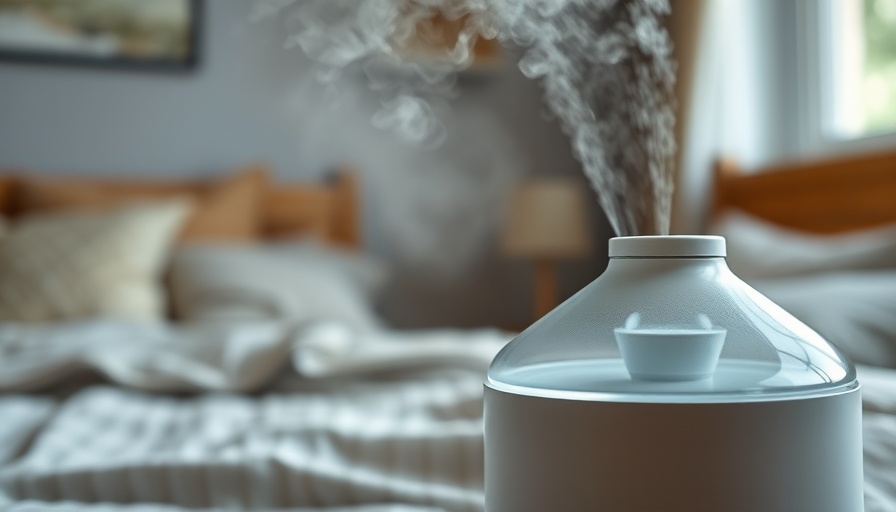
Discovering the Hidden Health Impacts of Mold Exposure
When thinking about mold, many of us envision unsightly patches on walls or the unpleasant smell in musty corners. Yet, lurking within these everyday scenarios is a less visible threat: mold exposure can lead to a startling array of health issues you might never suspect. Mold spores released into the air can provoke various symptoms that often go unnoticed, leading to ongoing health struggles. Are you feeling unwell without an obvious explanation? The air in your home could be the source of your malaise.
Mold Presence: The Invisible Danger
Mold has an affinity for damp and humid environments, often finding refuge in hidden crevices such as behind walls, below carpets, or within air ducts. It may initially appear harmless, but these fungi can unleash spores into your living space. Inhalation of these spores can set off health alarms that many homeowners may overlook. Regular mold inspections and professional remediation are crucial for maintaining a healthy indoor environment.
Five Uncommon Symptoms of Mold Exposure
While most are familiar with the classic allergic responses to mold—sneezing, watery eyes, and respiratory issues—other significant symptoms might catch you off guard. Here are five lesser-known health issues linked to mold exposure:
1. Chronic Respiratory Problems
If you find yourself frequently experiencing sneezing, coughing, or nasal congestion even outside allergy season, mold could be the culprit. Mold spores are known to irritate the respiratory system, exacerbating conditions like asthma and leading to chronic respiratory distress.
2. Skin Issues: More Than Meets the Eye
Fungal exposure doesn't only affect your airways. Skin problems such as rashes, hives, and itchy skin can arise when your body comes into direct contact with mold spores. If you've recently experienced unusual skin reactions, it's time to investigate the potential presence of mold in your environment.
3. Mental and Physical Fatigue
Feeling unusually tired or struggling to focus? Mold exposure can contribute to significant fatigue and mental fog. Mycotoxins released by mold disrupt neurological functions, leading to feelings of exhaustion and decreased cognitive abilities.
4. Unexplained Aches and Pains
Mold exposure can also manifest as muscle and joint pain, often misdiagnosed as age-related discomfort or physical strain. Chronic inflammation linked to toxic mold can intensify these symptoms, requiring accurate diagnoses and treatment plans.
5. Escalation of Chronic Conditions
For individuals battling pre-existing health conditions, mold can exacerbate symptoms. Conditions such as asthma may worsen when faced with mold exposure, making it imperative to address mold presence promptly.
Understanding the Scope of Mold Health Risks
The United States Centers for Disease Control and Prevention (CDC) and the U.S. Environmental Protection Agency (EPA) recognize the link between damp living environments and various health issues, including respiratory distress, allergic reactions, and more severe conditions like hypersensitivity pneumonitis. Identifying these health risks underscores the importance of effective mold management.
Actionable Steps for Mold Management
Reducing mold exposure starts with maintaining humidity levels at 30-50% and ensuring proper ventilation. Be vigilant about addressing water leaks and damage within 24-48 hours to prevent mold growth. If you suspect mold is affecting your home, consider reaching out to professional mold remediation services for thorough testing and removal.
The Importance of Professional Mold Remediation
When addressing mold issues in your home, relying on professional services offers peace of mind and relief. Mold remediation companies utilize advanced methods for mold inspection and assessments, determining the type and extent of mold. They offer effective mold removal strategies tailored to your specific situation, ensuring that your living environment is safe and healthy.
In conclusion, understanding the health implications of mold exposure extends beyond standard allergy symptoms. Addressing mold issues proactively not only protects your physical health but also enhances your overall well-being. Don’t let the invisible threat of mold undermine your home and health—take action today to create a healthier living environment.
#moldexposure, #healthrisks, #mold-symptoms, #moldremediation, #indoorairquality
 Add Row
Add Row  Add
Add 




Write A Comment